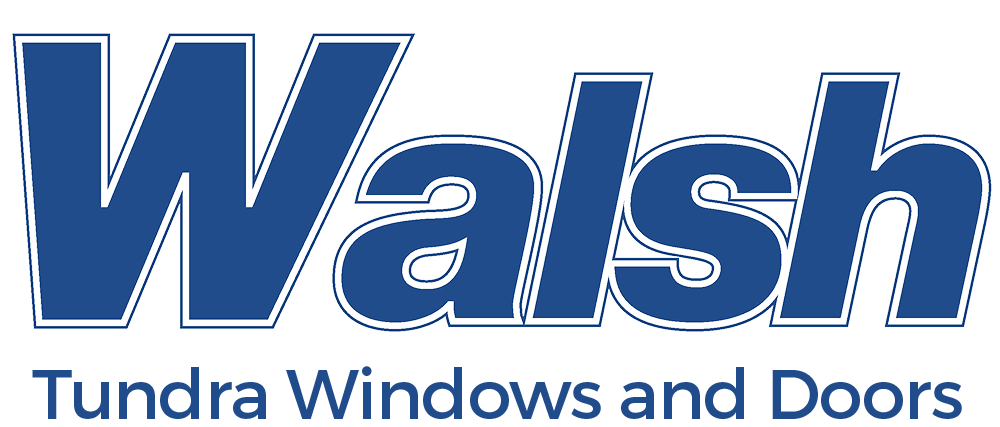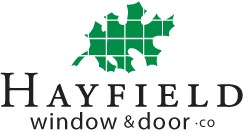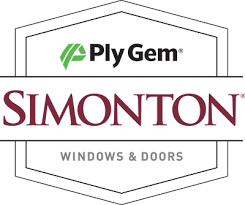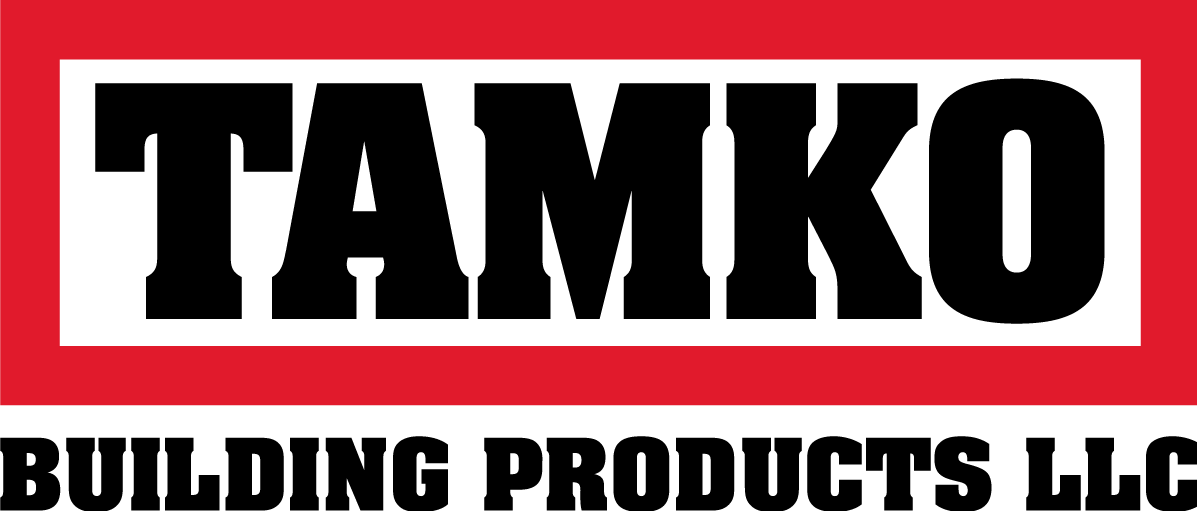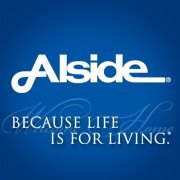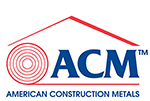There's a reason you see vertical board and batten siding everywhere from modern farmhouses to sleek, contemporary builds. This classic architectural style, characterized by its wide vertical panels and distinctive battens, is making a massive comeback. It offers a powerful blend of rustic charm and clean, modern lines that can dramatically transform any home's exterior.
If you're considering this striking siding option for your home, you've come to the right place. This ultimate guide will dive deep into everything you need to know about vertical board and batten siding—from its history and benefits to materials, costs, and stunning design inspirations.
What is Board and Batten Siding?
Let's start with the basics. Board and batten is a siding style that originated as a practical, weather-tight solution for barns and outbuildings. It consists of two main components:
The Boards: These are the wide, vertical panels that form the primary wall surface.
The Battens: These are the narrower strips of wood (or other material) that are nailed over the seams where two boards meet.
The original purpose of the battens was simple: to seal the gaps between the boards, preventing wind and rain from getting inside. Today, while modern installation techniques have largely solved the weatherproofing issue, the batten remains as a defining decorative element that creates a beautiful, rhythmic shadow pattern across the home's facade.
Also Read: Can You Paint Aluminum Siding? A Complete Homeowner’s Guide
Why Choose Vertical Board and Batten? 5 Key Benefits
Why has this style endured for centuries? Here are the compelling reasons to choose vertical board and batten for your home.
1. Unbeatable Curb Appeal and Visual Height
Vertical lines are a powerful design tool. They draw the eye upward, making single-story homes appear taller and more stately. This creates a strong, striking first impression that sets your home apart from the more common horizontal lap siding.
2. Incredible Durability and Weather Resistance
When installed correctly, the board and batten system is exceptionally resilient. The overlapping battens help to shed water efficiently down the wall, protecting the underlying structure from moisture damage. This makes it an excellent choice for regions with heavy rain or snow.
3. Remarkable Design Versatility
Vertical board and batten is a chameleon. It can be:
Rustic: Paired with a stone foundation and a metal roof for a classic farmhouse look.
Modern: Used with large, black-framed windows and a monochromatic color scheme for a contemporary feel.
Coastal: Painted in light, airy colors for a beachy vibe.
Accent: Applied to a single gable or section of the house to create a stunning focal point.
4. Low Maintenance (with the Right Materials)
While traditional wood board and batten requires regular painting or staining, modern alternatives like fiber cement and vinyl offer incredibly low-maintenance durability. They resist rotting, warping, and insect damage, saving you time and money in the long run.
5. Timeless Character
Unlike some fleeting design trends, board and batten has a proven, timeless quality. Investing in this style ensures your home will look beautiful and relevant for decades to come.
Popular Materials for Vertical Board and Batten Siding
The material you choose will impact the cost, maintenance, and final look of your siding.
1. Wood (Cedar, Pine, or Redwood)
Pros: Authentic, natural beauty; can be stained or painted.
Cons: Highest maintenance; requires regular sealing/painting; susceptible to insects and moisture if not cared for.
Best For: Purists who want the traditional look and don't mind the upkeep.
2. Fiber Cement (Like James Hardie or Allura)
Pros: Extremely durable; resistant to rot, fire, and insects; low maintenance; can be engineered to mimic the texture of wood; holds paint beautifully.
Cons: Higher upfront cost than vinyl; requires professional installation due to its weight.
Best For: Homeowners looking for a long-lasting, low-maintenance solution with a premium look. This is often the top-recommended material.
3. Vinyl
Pros: Most affordable option; very low maintenance; easy to install.
Cons: Can look less authentic; may become brittle in cold weather or warp in extreme heat; color is through-and-through, so scratches are visible on lighter colors.
Best For: Budget-conscious projects where low maintenance is the top priority.
4. Engineered Wood (Like LP SmartSide)
Pros: More affordable than real wood; treated for moisture and insect resistance; comes with a warranty.
Cons: Still requires painting and maintenance, though less than natural wood.
Best For: A good balance between the look of wood and improved durability.
Board and Batten Siding Cost: What to Expect
The cost of vertical board and batten siding can vary widely based on material, home size, and labor. Here's a rough estimate for a 2,000 sq. ft. home:
Vinyl: $7,000 - $12,000
Engineered Wood: $10,000 - $18,000
Fiber Cement: $15,000 - $25,000+
Real Wood: $20,000 - $30,000+
Pro Tip: Always get at least 3 quotes from reputable, local siding contractors. The quality of installation is just as important as the material itself.
Stunning Vertical Board and Batten Design Ideas for Your Home
Ready to be inspired? Here’s how to incorporate this style into your home’s design.
1. The Modern Farmhouse
Combine white or light gray board and batten with black windows, a standing seam metal roof, and a welcoming front porch. This is the look that has defined a generation of new home builds.
2. The Contemporary Mix
Use board and batten as an accent material. Pair it with large panels of stucco, shou sugi ban (charred wood), or brick. The mix of textures creates a dynamic and sophisticated exterior.
3. The Bold & Dark
Don't be afraid of dark colors. A deep charcoal, navy blue, or even black board and batten siding can look incredibly dramatic and modern, especially when contrasted with bright white trim.
4. The Coastal Retreat
For a beach house feel, opt for board and batten in soft, weathered blues, greens, or sandy tones. This style evokes a sense of relaxation and fits perfectly with its natural surroundings.
Installation & Maintenance Tips
Installation is Key: Proper flashing around windows, doors, and the roof is critical to prevent water intrusion. A rain screen system (creating an air gap behind the siding) is highly recommended for optimal drainage and durability.
Spacing Matters: The spacing between your battens is a major design choice. Wider spacing feels more modern, while narrower spacing feels more traditional. A common range is 12 to 24 inches on center.
Maintenance Routine: For wood and engineered wood, inspect and clean your siding annually. Repaint or re-stain every 5-10 years as needed. For fiber cement and vinyl, a simple annual wash with a garden hose is usually sufficient to keep it looking new.
Frequently Asked Questions (FAQ)
Q: Can you install vertical board and batten over existing siding?
A: Sometimes, yes. However, it requires installing furring strips to create a flat, level surface for the new vertical boards. It's best to consult with a professional to see if your existing siding is a suitable substrate.
Q: Is board and batten more expensive than horizontal lap siding?
A: Typically, yes. It often requires more material (the battens) and can be more labor-intensive to install, which increases the overall cost compared to standard horizontal siding.
Q: What is the best width for board and batten siding?
A: There's no single "best" width. Boards are commonly 8, 10, or 12 inches wide, with battens ranging from 2 to 4 inches. The choice depends on the scale of your home—larger homes can handle wider boards and battens.
Q: Can I use board and batten for interior walls?
A: Absolutely! The vertical board and batten look is incredibly popular for interior accent walls, particularly in bathrooms, mudrooms, and dining rooms, adding texture and character.
Conclusion: Is Vertical Board and Batten Siding Right for You?
Vertical board and batten siding is more than just a trend; it's a timeless, durable, and visually powerful choice for any home. Whether you're drawn to the rustic charm of a farmhouse or the clean lines of a modern design, it offers the versatility to make your vision a reality.
By choosing the right material for your budget and lifestyle—be it low-maintenance fiber cement, affordable vinyl, or authentic wood—you can invest in a beautiful exterior that will protect and define your home for years to come.
Also Read: What Is Fiber Cement Siding? A Complete Guide to Its Benefits, Installation, and Maintenance
